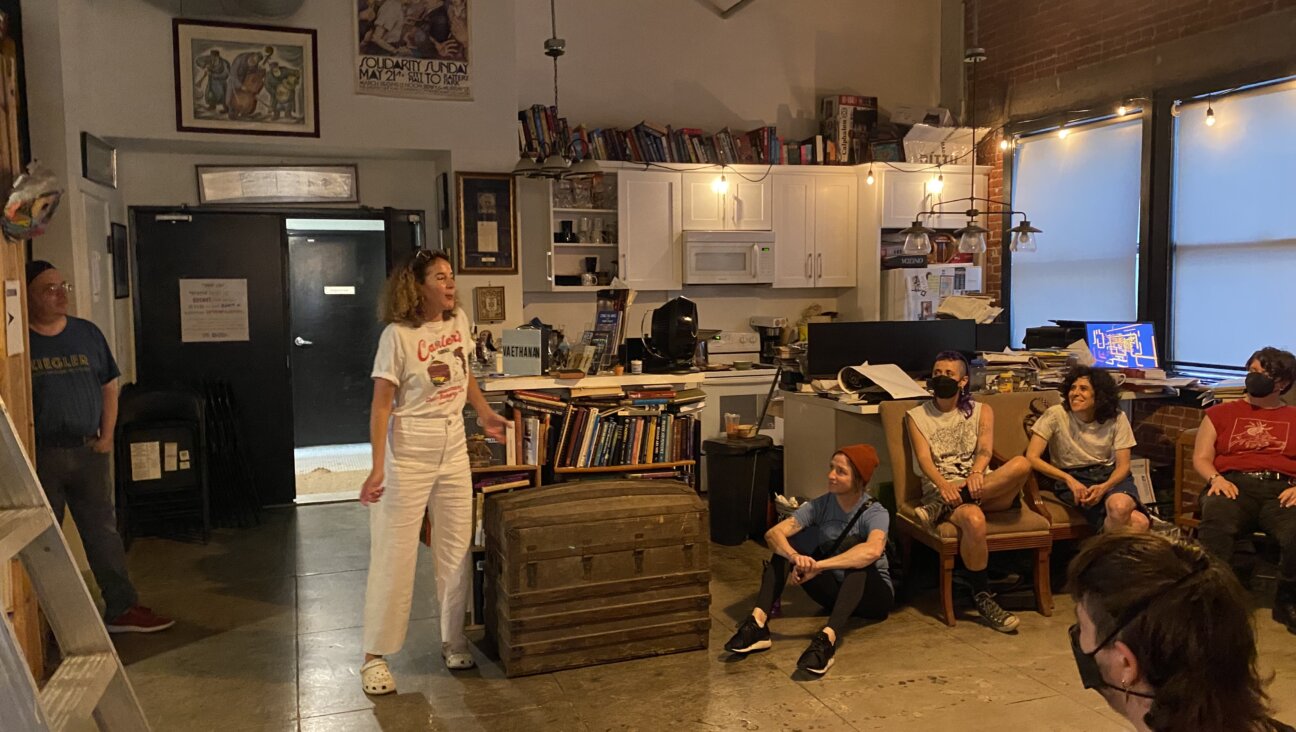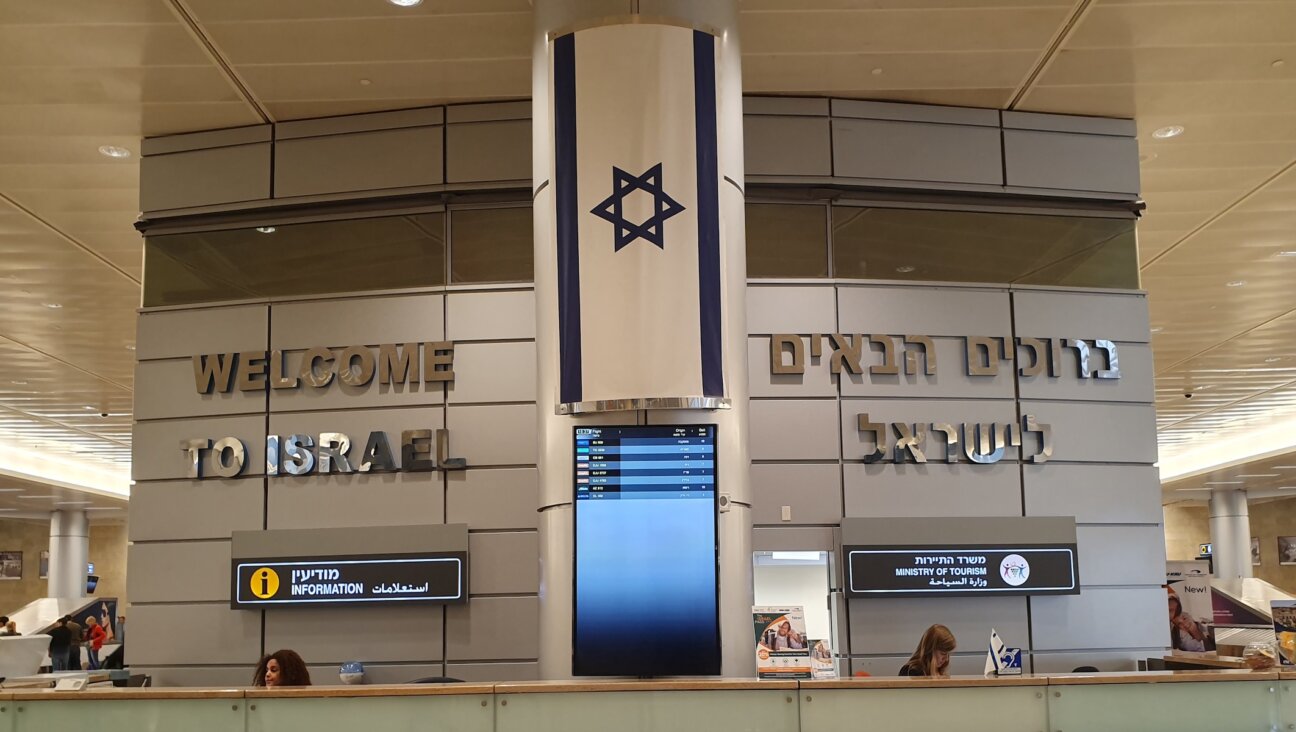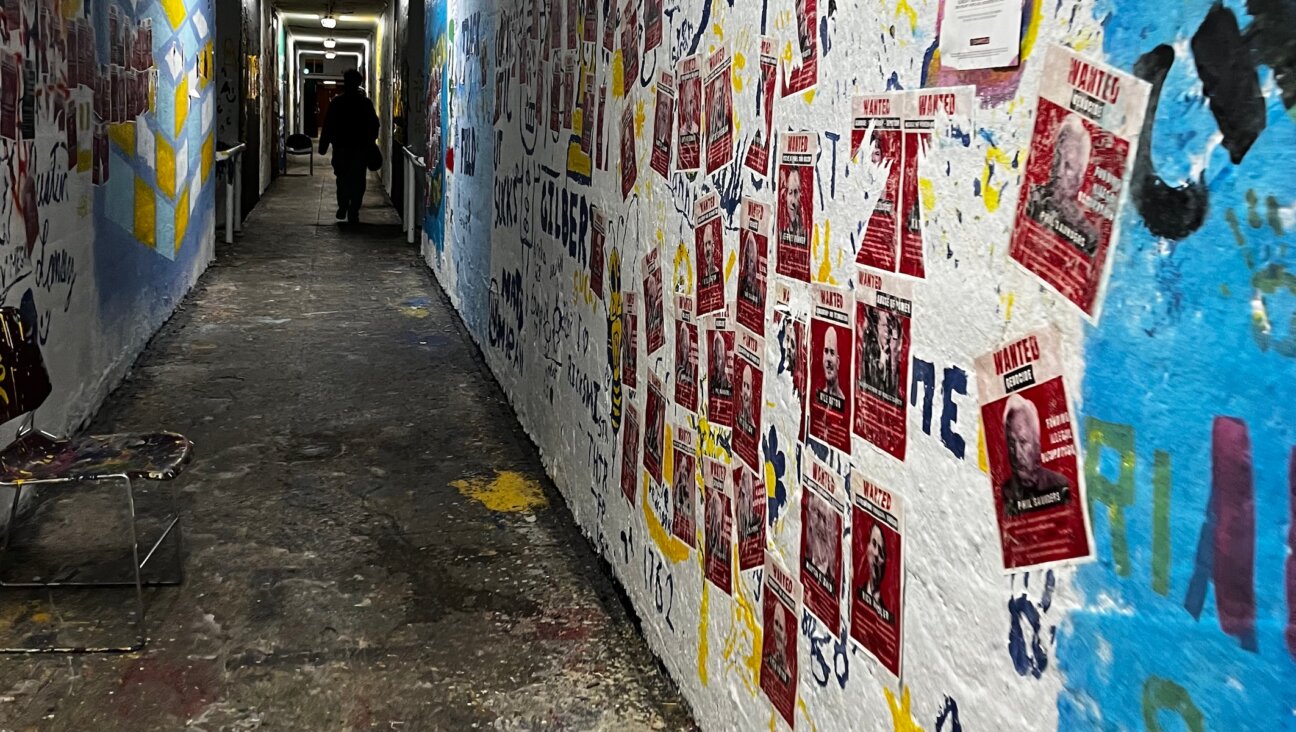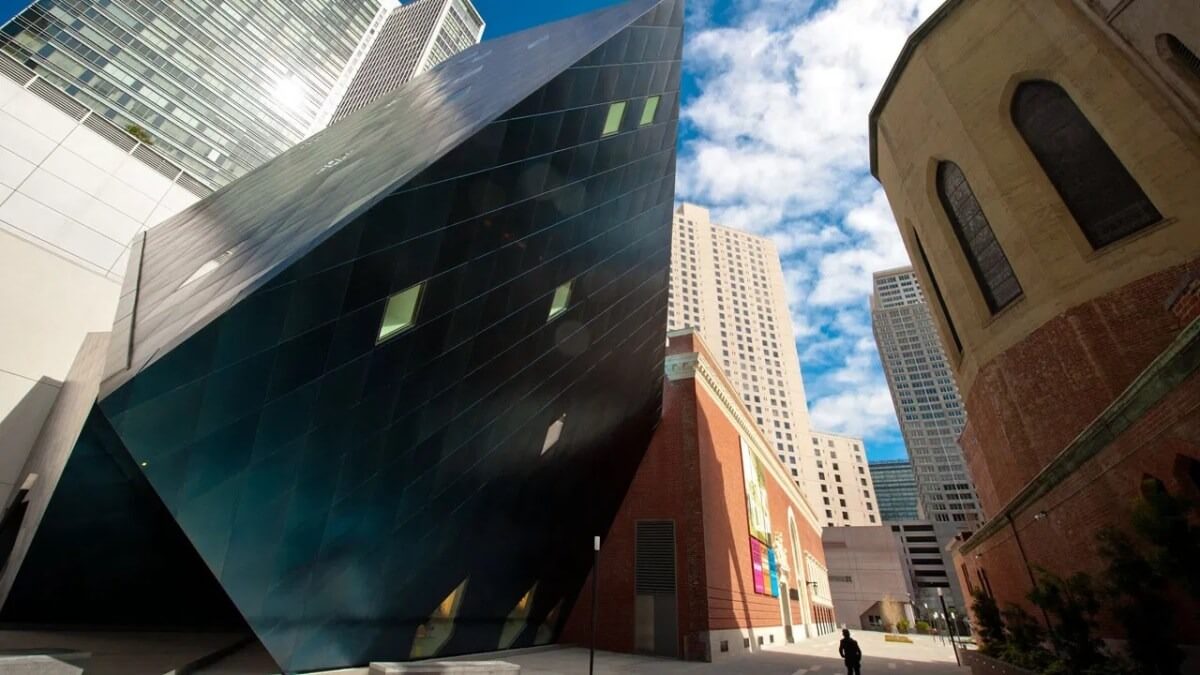Israeli Arabs Voicing Anger After Incident at Nazareth Church
A handful of firecrackers set off by an emotionally unstable family during Mass in Nazareth’s Basilica of the Annunciation brought thousands of angry people to the city’s streets, in an hours-long melee that left more than a score of protesters and police injured. That was evidence, as if more were needed, of the resentments of Arab citizens in a Jewish state, and of the power of a holy place to magnify fury.
Yet there’s more to the story. Nazareth, Israel’s largest Arab town, did not turn into a sequel to the recent sectarian rioting in Iraq. Last Friday evening, March 3, the town seethed, but local residents helped police prevent a lynching of the perpetrators in the church. The next day the Higher Israeli Arab Monitoring Committee — the community’s leadership — met in Nazareth, and angry speakers, Christian and Muslim, accused the government of failing to protect Arabs. But the protest march that followed stayed calm. The committee stopped short of calling a general strike, the gesture it reserves for major confrontation.
As important, the shouting in Nazareth followed a much more solemn drama several days before in Jerusalem: Completing a seven-year legal case, the High Court of Justice ruled February 27 that the Israeli government could not favor Jews over Arabs in funding education — and by implication, in any other realm. The case was brought by Adalah — a legal rights center for Israeli Arabs — and by the Arab Monitoring Committee, working within the Israeli system, however equivocally. The decision was the latest by the court requiring Jewish-Arab equality, and insisting on a liberal definition of what “Jewish state” should mean.
The Nazareth confrontation began at dusk Friday at the Basilica, believed by Christians to mark the place where the angel Gabriel told Mary she would bear Jesus. Posing as pilgrims, Haim Habibi, a Jew, his Christian wife Violet, and their adult daughter Odelia entered the church with a baby carriage filled with firecrackers, small cooking-gas canisters and other flammable materials. The noise of the firecrackers was enough to ignite rumors of a major terror attack, and bring both Christians and Muslims rushing to the site.
Hours later, police managed to extract the threesome from the church. At a court hearing the next day, the Habibis said they had sought to protest a decision by welfare authorities to remove their youngest child from their custody. Police reportedly described them as “serial troublemakers” who had previously lost custody of two other children.
That explanation did not assuage Israeli Arab anger. “The authorities are always forgiving” of Jews who attack Arabs, responded Zoheir Andrawous, editor-in-chief of Kul al-Arab, an Israeli Arab weekly. Linking the Nazareth incident to the Arab community’s wider complaints, he charged that “a racist culture is developing in Israel” expressed in the treatment of Arab citizens as suspects “at the border crossings, Ben-Gurion Airport, the malls and everywhere else.”
Andrawous said he saw “no difference” between what happened at the Basilica and last summer’s murder of four people in the Arab town of Shfaram by a Jewish extremist opposed to the Gaza pullout. Unintentionally, the comment underlines how much a holy place can focus and amplify feelings.
In this case, though, the resentment is mainly along ethnic, rather than religious, lines. Reasons for that resentment come out in a new statistical portrait, “Arab Society in Israel: Populations, Society, Economy,” edited by Aziz Haidar and published the Van Leer Institute, a Jerusalem think tank. Arabs citizens, it says, comprised a bit less than 15% of Israel’s population in 2001, the year on which the researchers based their analysis. By the yardstick of disposable income, 45% of Arab households in Israel live in poverty, compared to 14% of Jewish households. One-sixth of employed Arabs work in construction; just 1% work in the financial sector.
The median education among Arabs is 10 years of school, says the study; among Jews, the figure is 12.6. One reason for that gap, the book indicates, is institutional: Though Arabs make up 20% of the nation’s schoolchildren, only 14.6% of full-time positions in education are allocated to the Arab school system.
Those figures are the backdrop for the recent decision by the High Court of Justice, as the Israeli Supreme Court is called when hearing citizens’ challenges against the executive branch. The Arab Monitoring Committee and Adalah filed such a challenge in 1998 against a government decision to give extra funding to schools in “national priority areas” far from the center of the country and its economic opportunities. Arab communities, said the suit, were almost entirely excluded from those areas.
Chief Justice Aharon Barak, joined by the other six justices in the case, accepted that argument in his opinion. Barak cast doubt on the government’s claim that no discrimination was intended. But even without intent, he wrote, the funding plan caused inequality, and was therefore invalid. To allow time for administrative changes, the court gave the government 12 months to revamp the funding.
What’s more, says Adalah acting general director Orna Kohn, the ruling explicitly opens the door to challenging other benefits for “priority areas” such as housing subsidies and incentives for industry. Still, she says, “the big test is what happens in a year” when the time comes to implement the ruling.
The education case does not stand alone. In the past, for instance, the Supreme Court has ruled that the state cannot allocate land to the Jewish Agency to build a Jewish-only residential community. More suits dealing with both funding and land are before the court, notes attorney Auni Banna of the Association for Civil Rights in Israel.
Such cases touch on the very essence of what kind of state Israel should be. In his decision, Barak rests his position on the definition of Israel as “a Jewish and democratic state.” For her part, Kohn says that the tension between the two parts of that definition is “impossible. The two concepts cannot live in peace.”
Barak, nearing his retirement from the Supreme Court, emphatically disagrees. “Not only do the values of Israel as a Jewish state not require discrimination on the basis of religion and nationality,” he wrote, “those very values forbid discrimination and obligate equality between religions and nationalities.”
Unpacked, that terse statement defines a “Jewish state” as one that lives up to Jewish ideals, and then posits equality as central among those ideals. The test is indeed results: If Barak’s dictum is met, perhaps a firecracker in a church would be, at worst, only a firecracker.
A message from our CEO & publisher Rachel Fishman Feddersen

I hope you appreciated this article. Before you go, I’d like to ask you to please support the Forward’s award-winning, nonprofit journalism during this critical time.
At a time when other newsrooms are closing or cutting back, the Forward has removed its paywall and invested additional resources to report on the ground from Israel and around the U.S. on the impact of the war, rising antisemitism and polarized discourse.
Readers like you make it all possible. Support our work by becoming a Forward Member and connect with our journalism and your community.
— Rachel Fishman Feddersen, Publisher and CEO






















